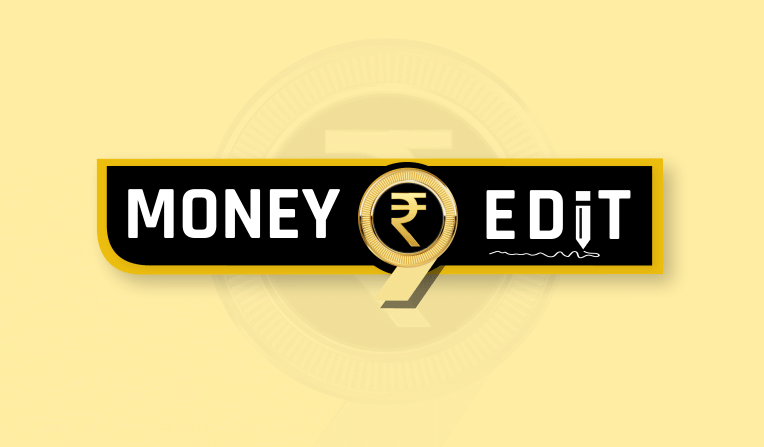Not the time for conspicuous consumption
At times when 80 crore of our countrymen are dependent on delivery of free foodgrains to stave off hunger, conspicuous consumption is in poor taste

Since Independence economic woes never piled up on India as it did since the beginning of FY21. It is continuing in FY22. The pandemic has extinguished so many jobs and decimated so many small businesses that US thinktank Pew Research Centre ha stated that the pandemic has thrown out more than 3.2 crore Indians from the middle-class – those earning between $10 (Rs 725) and $20 (about Rs 1,450) into poverty. Almost 80 crore citizens – well over the population of entire Europe now estimated at 74.8 crore – are dependent on free foodgrain from the government for staving off hunger.
All institutions of the welfare state – employees provident fund organisation, Employees State Insurance Scheme, job guarantee programmes such as MGNREGA – are stretching themselves to accommodate the needs of millions trying to keep their head above water. The Reserve Bank of India is creating special liquidity pools to offer cheap loans for Covid treatment. The government has thrown fiscal discipline to the winds to increase expenditure to create employment. Unemployment curves that started rising since the second wave of the pandemic hasn’t stopped plateauing.
At this hour of historic crisis, a small section of the society has gone into an overdrive of conspicuous consumption. Super luxury automobiles such as Maybachs and Lamborghinis are flying off the shelves, the Italian icon at unprecedented speed.
Most economists think that consumption is welcome since the rising consumption of consumer goods would help pull the broader economy out of the rut. But conspicuous consumption is an eyesore, especially when hundreds of millions of people are waiting to catch a glimpse of light at the end of the tunnel. An extreme display of conspicuous consumption can even lead to social unrest in some cases. It is like organising a lavish feast in the midst of a famine. It’s poor in taste and low on pragmatism.

